#historical reference
Text
Fantasy Guide to A Great House (19th-20th Century)

(I know, I've been slacking but I'm still alive)
When we think of the Victorians, the grand old Gilded Age or the Edwardians, we all think of those big mansions and manors where some of our favourite stories take place. But what and who did it take to run a great house?
Meet the Staff

Large numbers of staff were always needed to run great houses. Every department had its own management and its own teams, all working together to ensure everything ran smooth. There was both an interior and exterior team.
Interior
You can split the interior of the household into three departments: Service, Upkeep and Food Preparation.
Service
Butler: The Butler was the Head of all the household staff. He acted essentially as the manager of a great house, directing the staff on a day to day basis or at events on the command of the lord/lady/employer. Make staff would report mostly yo him and he would be in charge of keeping an eye on them. The Butler had charge of the wine cellars, the dining room, sometimes the pantry as well. As the manager of the house, Butlers were afforded the title of Mr. X. Our favourite examples being of course Mr Carson and Mr Pennyworth.
Valet: The valet was the male servant who handled the dressing of the men of the family. He would be in charge of his master's clothes, ensuring he was always dressed in the right outfit for the right activity (there was a lot) and be in charge of helping him into the outfit in question. The valet would also be in charge of cleanliness, sometimes shaving his master or running his bath. Valets were referred to as Surname and ranked in how their employer's ranked, for example the Lord’s valet would outrank his son's.
Lady's Maid: The lady's maid was similar to the valet. She was in charge of keeping the ladies of the house looking their best and handling their needs. She would style hair, care for jewels, mend clothes, care for clothes and often act as a companion, accompanying her lady on visits or day's out. The lady's maid was referred to by their surname.
Footman: The footman was a male servant who served at table, fetched items, handled heavy lifting such as luggage, opened and closed doors. Most footmen were young men and en chosen for good looks. Footmen polished the silver services at great houses and when called upon would often take on the role of valet to guests without a servant to help. Footmen were referred to as their firstname. Footmen were denoted by rank, the highest being first footman who had charge over the others and would assist the butler in some tasks.
Upkeep
Housekeeper:The housekeeper was second in command but she ran her most of the interior staff, especially those who took care of the house itself. She supervised all female staff. She helped the lady of the house when it came to running events and caring for guests. The housekeeper is always Mrs. Surname even when she's unmarried.
Housemaid: Housemaids clean the house. They would dust, make and strip beds, straighten things up and keep the house looking it's best. The housemaid was a servant that was almost never seen, usually rising early, lighting the fires, cleaning the house as the family moves from room to room. She was called by her Firstname.
Scullery Maid: The scullery maid is the lower ranking maid. She would also have been younger and less experienced. She was in charge of the more unsightly work: laying the fires, scrubbing the floors, emptying chamberpots, cleaning servant's chambers. She may even do mending and washing for other servants. She was called by her first name.
Hall boy: The hall boy was also young and handled the worst jobs. He would polish boots belonging to the family and sometimes staff, cempty the servant's chamberpots and waited on on the higher ranking servants. He was called by his name.
Food Preparation
Cook: The cook or chef was the third highest ranking servant downstairs and they ran their own department. They were in charge of the kitchen staff. All cooks and chefs would meet almost daily with the lady of the house to discuss menus and ordering but would answer to both housekeeper and butler. As with the housekeeper, a female cook or chef is Mrs Surname despite martial status and make cooks/chef are Mr.
Kitchen maid: The kitchen maid helped the cook/chef in preparing the food. She would be one of the first servants up, in charge of lighting the ovens and starting the breakfast for the family and servants. She would clean the kitchen, boil water when needed and bring food up to the servery when needed. She would be called by her first name.
Exterior
The house would needed a team on the outside to handle the stables, the gardens and any outdoor activity.
Gardeners: They would be responsible for the upkeep of the grounds itself, caring for the gardens. There would be multiple at a great house led by a head gardener.
Stableboy/groom/kennelmaster: They would take care of the family's horses and dogs. They would take care of tack, help plan hunts and riding pursuits and handle carriages.
Chauffeur: As automobiles became popular in this period, a chauffeur was needed to drive the family and take car of their motor.
Lives of Servants
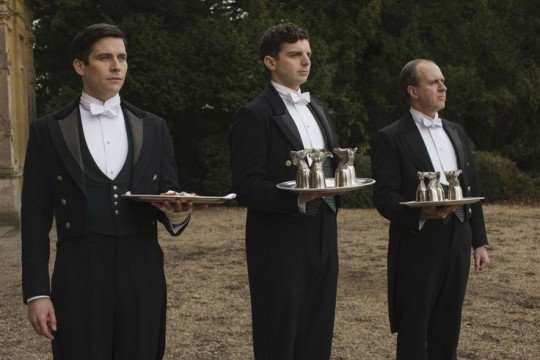
Servants were paid very little at this time, mainly because most staff got free room and board. Most of the interior staff would live in the house itself and be supplied meals. Chauffeurs, gardeners etc would live nearby on the estate either as locals or be supplied a house as a staff member. Staff uniforms were also supplied. Days off were rare but not withheld. Permission was needed to leave the house either to visit the shop or take a few days off.
Servants were expected to be obedient, modest and humble at all times. They were expected to stand in the presence of their master's, speak only when spoken to and never question an order. They had to be ready for anything at the drop of a hat. You've set for a dozen guests but now there's five more coming? Tough luck, change the table settings. You get seasick? Nevermind that, your gentleman is going across the sea and as his valet you're going with him, like it or not.
Servants from one house often travelled to with the family to their other residences: the butler, footmen, chef, kitchen maids, lady's maid, valet would all go with the family while everybody else would get left behind. Every house would have its own housekeeper if it could be afforded. Housemaids and other staff needed could be hired locally when needed.
The Daily Routine
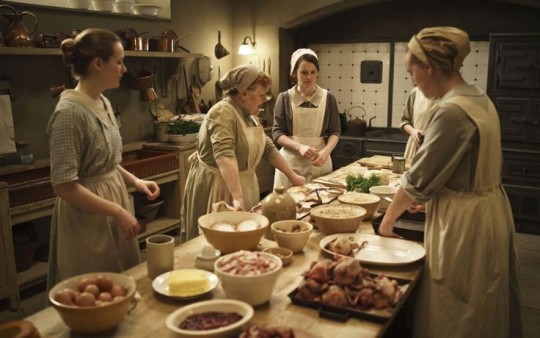
The working day of a servant in a grand house was a long arduous one.
Morning: At 6am, the servants rise. The scullery maid gets up and begins lighting the fires, starting with the kitchen. Then she cleans the kitchen top to bottom before the staff get in to cook. The kitchen maid would rise at the same time, helping with the cleaning. She would set for the servant's breakfast and start cooking it. The footmen open the shutters upstairs, cleans whatever tools they will need such as glasses and silverware, tend the lamps and sets for breakfast upstairs. The housemaids go about the house cleaning up after the night before, starting in the rooms that aren't being used (any room that's not the bedrooms). At around 8, the cook rises and starts the day. The kitchen maid serves breakfast to the other servants before returning to the kitchen to eat her own breakfast with the other kitchen staff. After breakfast, the housemaid will change her apron and deliver hot water to each of the bedrooms for the family. At 9, the family rise. Married women have breakfast in bed with all other family members and visitors eating in the dining room. Valets and lady's maids would have dressed them prior, gathering up any clothes to be mended or washed. The footmen and butlers will serve while the housemaids go into each empty room and begin their chores.
Midday: Just before midday, the chef would speak with the lady of the house to discuss menus. At around 11, the staff were permitted their first break, just enough time for a drink usually a cup of tea before they started again. The chef would start preparing for the main dinner of the evening with the lady's approval. Footmen would take their places at entrances or attend the family where he may be needed. At noon, the servants would have their dinner. At 1, the family would sit for their lunch. Once lunch is over, a footman might be permitted to attend personal business (with permission from the butler first) or be sent on errands out of the house such as delivering messages. While the family sit for breakfast, the maids tidy up any room they have been using since getting up.
Afternoon: The family take tea around 4. The footmen clear the tea before heading down to take their tea - a light meal- with the other servants around 5. Afterwards, the footmen will start to light the lamps, close the shutters and draw the curtains. The butler would oversee the laying of the table for dinner with the footmen. The first footman carries the silver, the second the china, while the butler sets the silver and glasses. If a guest is coming, a footman will remain on the door to see them in.
Evening: At 8, the footman or butler signals the start of supper. This is done by the rinibg of the gong or bell which gives the family and any staying guests, 15mins or more to get ready. Valets and lady's maids would already be upstairs at this point, helping their master/mistress. When the family head downstairs, they linger in the drawing room to chat while a footmen keeps an eye on them. Any guests visiting for dinner would be let in by a footman and announced upon entry. The butler announces dinner and escorts the family in. The footman serve the food while the butler pours the wine (chosen by the Lord with the butler's help). The footman stay in the dining room all throughout dinner, excepting when they go to the servery to collect the food from the kitchen maid. They serve and clear the plates for every course. When dinner is over, a footman will stay with the men while they drink their port while another serves the ladies their coffee in the drawing room. While dinner is on, the housemaid would tidy the empty rooms, check the fires and turn down the beds. At 9, the servants eat their supper while the family chill. When supper is over and the family is done for the night, the valets and lady's maids would ready their masters for bed. A footman would wait in the hall with candlesticks for the family and show any departing guest out. The kitchen staff would start to clean up while the butler starts locking up the house. The staff would get to bed about 11:30 - 12.
#Fantasy Guide to A Great House#Guide to A Great House part 1#Staff#Employment#Historical reference#Writing reference#writeblr#Writing help#Writers guide#Writing research#writers resources#writing resources writing advice#Writing advice#19th century#20th century#Edwardian#Gilded age#Victorian era
2K notes
·
View notes
Text

Maybe I should make a "handsome samurai of the week" column? 🤔
Here we have Obata Tokujiro, on the left, and Matsuyama Toan, on the right, photographed in the late Edo period.
Obata Tokujiro was a teacher of both English and science at Kaiseijo, a school of Western learning in Edo, which was one of the forerunners of what is now Tokyo University. During the Meiji period he traveled both Europe and the United States before returning to Japan, and he later became head of Keio University.
Matsuyama Toan was a doctor, head of Keio University School of Medicine, founder of Tokyo Jikei University School of Medicine, and translator of the first English-language medical book published in Japan, among other things.
#history notes#historical notes#history reference#historical reference#history research#historical research#photos#portraits#samurai#Edo period#late Edo period#Bakumatsu period#handsome samurai
119 notes
·
View notes
Text

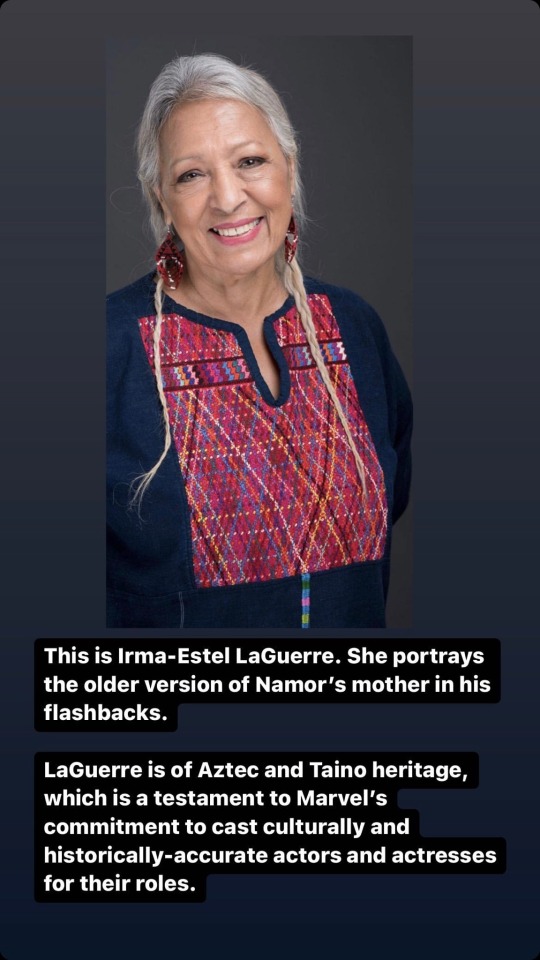



“Black Panther Wakanda Forever” has a supporting cast of actors and actresses, without whom the story may not have been as effective. Sure, our main leads and the secondary characters are cool and awesome, and the story is amazing, but it’s people like the ones above who play small but very important roles in the story.
Having a young boy witness the trauma of his people be subject to horrors no child should be privy to, and hold on to that fear and rage with a grip so tight it transforms into vengeance that burns within a god-king hell-bent on protecting his people… little Manuel Chavez may not have been onscreen long, but his presence very much informed the charismatic K’uk’ulkan who is both filled with rage and kindness in equal measure.
Like Manuel, Irma-Estel LaGuerre and María Mercedes Coroy may not have been onscreen much, but their portrayal of a mother who, for the sake of her unborn son, must ingest a concoction to save both her and her people from the raging fires of colonialism resonates with many. In the film, K’uk’ulkan wonders what it is like to be a people in a pristine land who never have to leave. His mother loved him, cared for him, and wished for him to bury her in the land she loved so much, even if it was being desecrated by people who most certainly did not belong there to begin with. LaGuerre and Coroy portrayed a woman who had so much love to give, yet lost so much; it is to nobody’s surprise that her son adopted the name “Namor”, itself shortened from “el niño sin amor”, the child without love.
Without Josué Maychi, there may well not have been the inclusion of the Yucatec Mayan language in the film. Maychi’s role as the shaman who was guided by a god to retrieve a plant grown in Vibranium-rich soil to heal his smallpox-afflicted people is very important to the story, as without him, Talokan is as good as nonexistent. It is thanks to the shaman that Talokan was able to thrive as we see it do in the film.
María Telón Soc portrays a Mayan elder in the film. Her role, though small, is crucial as she is one of the guiding forces who help convince K’uk’ulkan mother to ingest the herbal drink to save her and her unborn son. Like the other actors and actresses mentioned above, she may not have been onscreen for long, but her presence informs the decisions we see the other Mayan-Talokanil make.
#mcu#black panther wakanda forever#wakanda forever spoilers#mcu namor#k’uk’ulkan#secondary characters#background characters#supporting cast#cultural representation#cultural heritage#marvel cast#josue maychi#maria mercedes#my thoughts#really makes you think 🤔#yucatán#mayan culture#mayan civilization#historical reference
1K notes
·
View notes
Text
Some context for the 1890s
I thought it might be fun to look into the period when Dracula was written and set in a little more detail.
Key facts
In 1897, the population of the UK was just under 40m - so about 60% of what it is today. (By contrast the US population at the time was just 21% of what it is today). Only about 6m of them had the right to vote - about 40% of adult men.
With a population of 6m, London was the largest city in the world and would be for another 20 years.
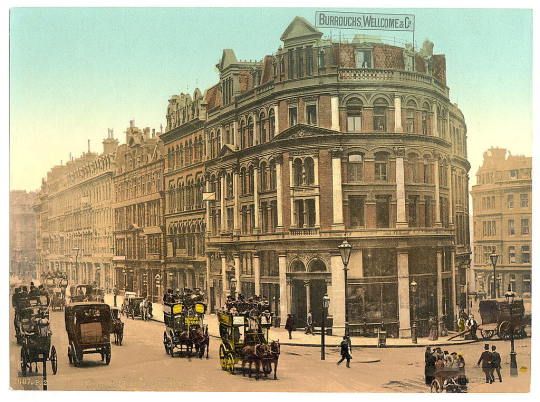
Politics and imperialism
The British Empire wasn't yet at its peak, which would be at some point between 1913 and 1922 depending on whether you define it by land or population. This was the time of the Scramble for Africa - in the 1890s alone, Britain colonised the countries that are now Uganda, Zanzibar, Malawi, Botswana, Zimbabwe, parts of Sudan and parts of South Africa. (Ish - matching 1890s borders to modern ones is tricky).
All the same, the sense of effortless British dominance was fading, because countries like Germany, France and the USA were starting to catch up. In 1896, the book 'Made in Germany' by Ernest Edwin Williams was a bestseller, bemoaning that cheaper German goods were crowding out British ones in shops. (It's available for free online; just google it if you're interested.) Here's 1890s Berlin:

Britain was only just emerging from what the Victorians called "The Great Depression" from the 1870s to early 1890s. The wealthiest and most powerful country in the world didn't always feel that way to the people living in it.
Alongside anxieties about Britain's place in the world, the other major political topic which dominated the 1890s was the question of Irish Home Rule - essentially whether Ireland should be allowed its own parliament and responsibility for domestic affairs while still remaining part of the UK. The Second Home Rule Bill passed the Commons in 1893 but was defeated in the Lords. Here's 1890s Dublin:
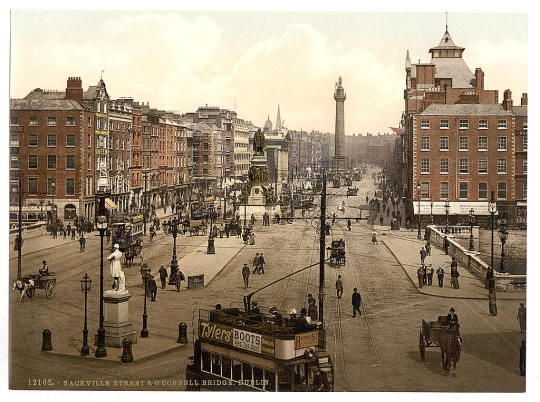
Society
Less than a percentage of the British population would have been people of colour. The 1921 census showed just 75,000 people born in India - 1897 wouldn't have been much different. All the same, the University of Oxford - i.e. one of the most elite institutions in the country - had its first black student as long ago as 1873.
This was a period of growing rights and freedoms in the UK (starting from a very low base). In 1891, children under 11 were banned from working in factories; in 1893, education was made free and compulsory for children up to age 11; in 1882, the Married Women's Property Act allowed married women to own and control property in their own right. Many socialist and trade unionist organisations were founded at this time, including a precursor to the Labour Party.
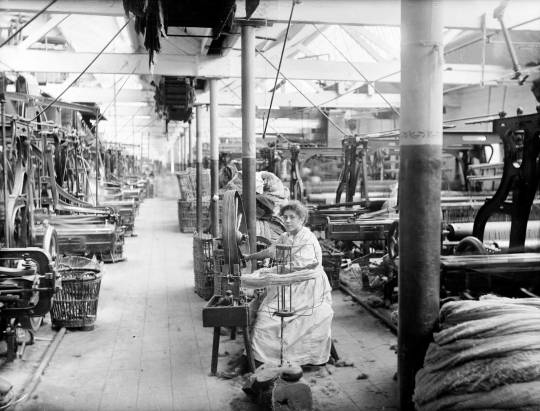
A social concern at this time were the "surplus women" - there was perceived to be a relative excess of women compared with men, prompting fears they wouldn't be able to marry and would have to work. Women were about 40% of the labour force.
If a man and a woman got engaged but the man then broke it off, the woman could sue him for "breach of promise" as this was considered a binding legal contract. The woman could break the engagement with no legal penalty. (You might recognise this as the basis for several Jeeves and Wooster plotlines).
The fertility rate was falling fast - from an average of nearly 5 children per woman in 1880 to 4 in 1895 (this would fall to 2 by 1930). Around 1 in 5 children died before the age of 5, and around 1 in 200 births resulted in the death of the mother.
Daily life and prices
There were only a handful of cars on British roads - so when Mina says she and Lucy "drove up to the house", she means by horse, not by car. But there were ~25,000km of railways in the UK, compared with about 17,000km today.
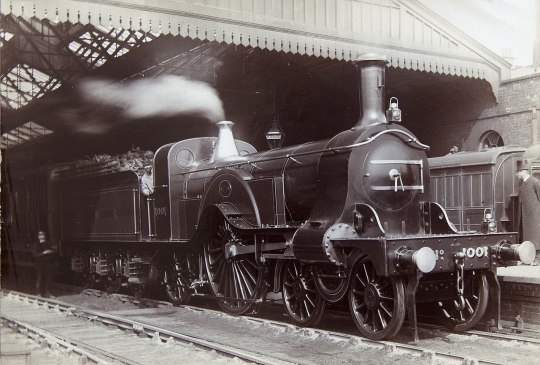
The rise of the railways and people actually getting days off meant that this was the golden age of trips to the British seaside. Train fares were a penny per mile, meaning that London to Whitby cost about 20s or a week's labour for a solicitor's clerk, with the purchasing power of £64 today.
As a full-blown solicitor, my guess (though it's only a guess) is that Jonathan is earning about twice that. A female teacher's salary was around £75 a year or 28s a week. A housemaid would earn just £10 a year, though she would get bed and board as well.
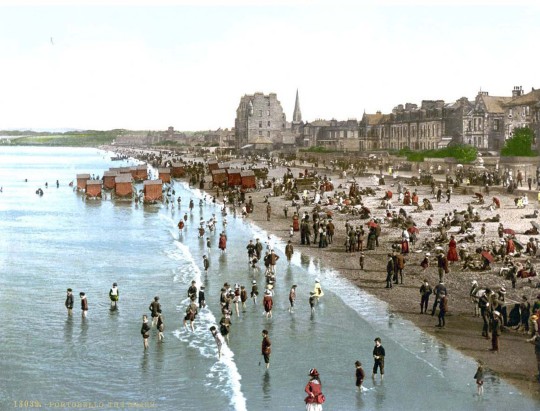
The first edition of a novel cost about a shilling and reprints cost even less - as little as a penny or two for the cheapest books. Literacy was nearly universal in the UK.
Also available for a penny were magazines like the hugely popular Tit-Bits, which was the first periodical to sell over a million copies in the UK. It consisted of short, mostly human interest snippets of information, as well as short stories. Lucy and Mina probably wouldn't read Tit-Bits, but Mr Swales might.
References, youtube links and a couple of bonuses for fanfiction writers on my original post here.
#dracula daily#dracula#historical context#historical reference#long post#a really really long post#apologies if i missed anything crucial#but it was already so long#reposting as i forgot about tumblr's external links thing#hope this works now
481 notes
·
View notes
Text
It just dawned on me that the snake, Jonathan, is probably named after the satirist, Jonathan Swift.

Just like Snake has an Emily and a Brontë, he probably has a Jonathan and a Swift....
#black butler#kuroshitsuji#snake#snake's snakes#jonathan swift#emily bronte#emily brontë#observation#thoughts#literary giants#historical reference#historical figures#jul 23 2023
55 notes
·
View notes
Text
youtube
Hello, friends! I did a lecture last month at Cartoon Crossroads on doing reference for historically-set stories and adapting that reference into costumes that further your narrative. If you think that sort of thing'd be helpful to you, well, the CXC folks have posted a video of the talk!
#historical fiction#historical costuming#historical illustration#historical costume design#costume design#character design#historical character design#historical research#historical reference#Youtube
27 notes
·
View notes
Text
Happy 266th birthday, Betsey!
On this date, Elizabeth Schuyler, eventually Elizabeth Schuyler-Hamilton was born on August 9, 1757, in Albany, New York.

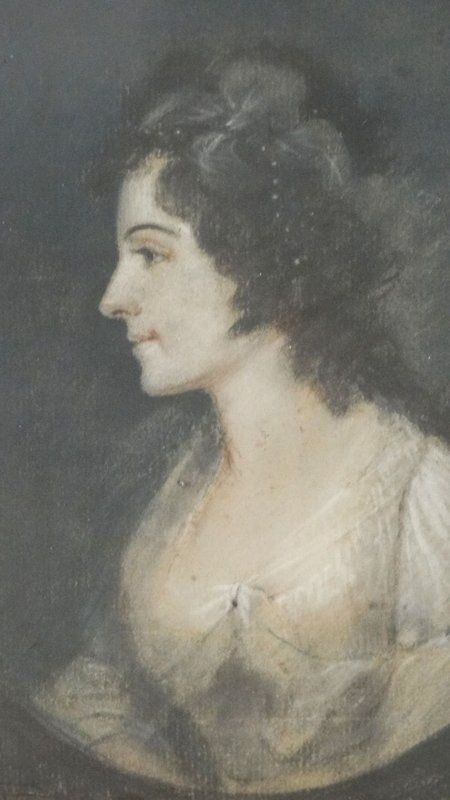
Eliza's orphanage.
Eliza: a brief biography.
youtube
Further reading.
#history#american history#meerathehistorian#american revolution#eliza schuyler#eliza hamilton#happy birthday#birthday#historical alexander hamilton#alexander hamilton#historical reference#18th century#on this day in history#on this date#on this day#founding fathers#amrev history#amrev fandom#amrev#women in history#1750s#references#for future reference#for reference#history books#elizabeth schuyler#elizabeth hamilton#historical references#eliza schuyler hamilton
25 notes
·
View notes
Text
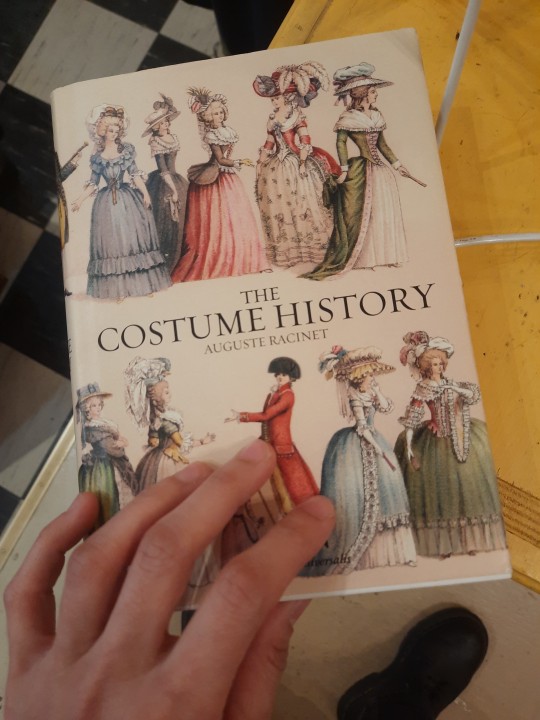
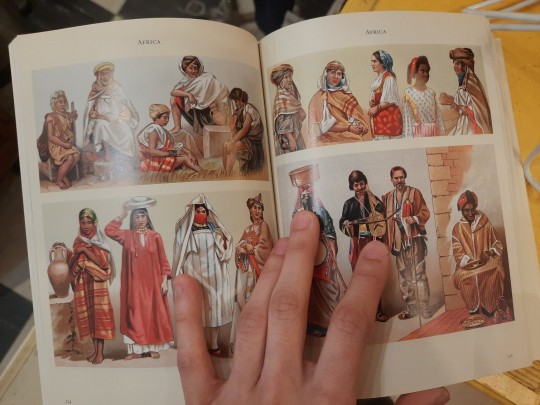
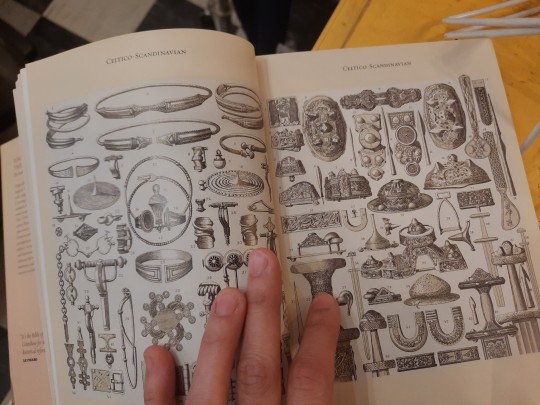
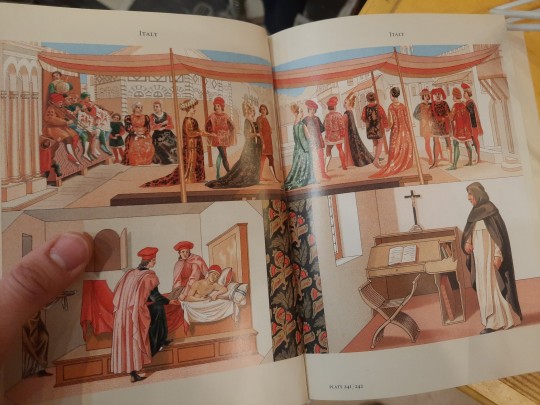
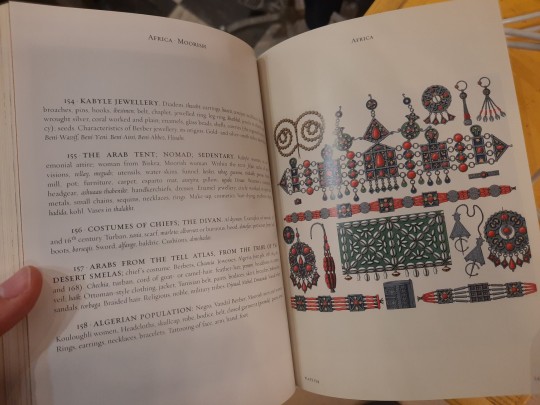
Im fucking set for life
5 notes
·
View notes
Text
Question for historical tumblr. Are there any good sources for reading up on queer history during the early 1800s in England?
For various reasons my googling has come up short and I could use an extra hand. Anything specifically pertaining to terminology, general attitudes, and symbols used within the queer community during that time period would be much appreciated. Thanks!
#regency era#georgian era#georgian period#regency period#queer history#i'm writing m/f relationships in the queerest way possible#historical reference#writeblr#history#history tumblr
13 notes
·
View notes
Photo
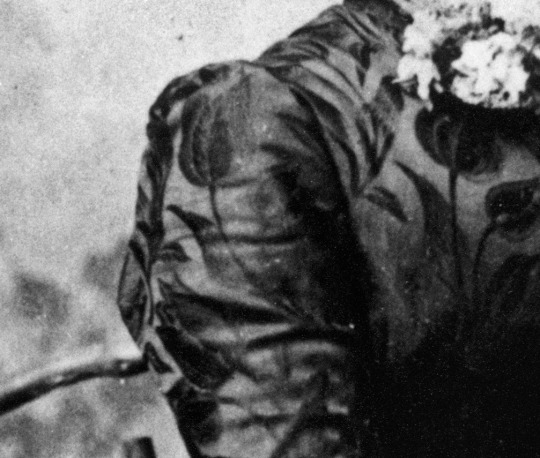
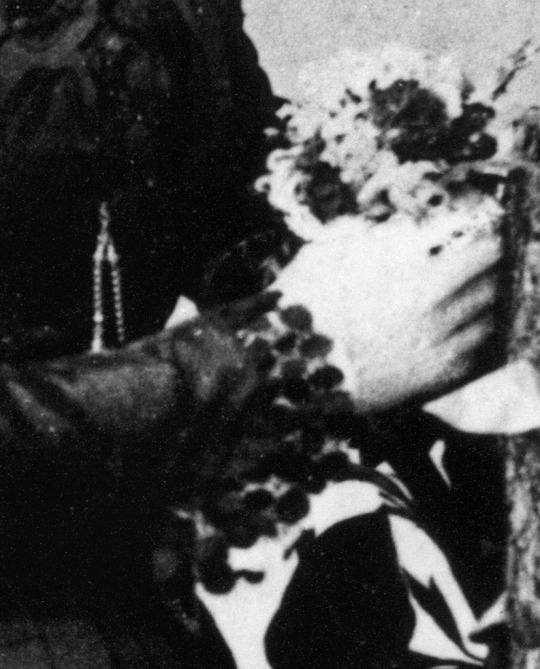
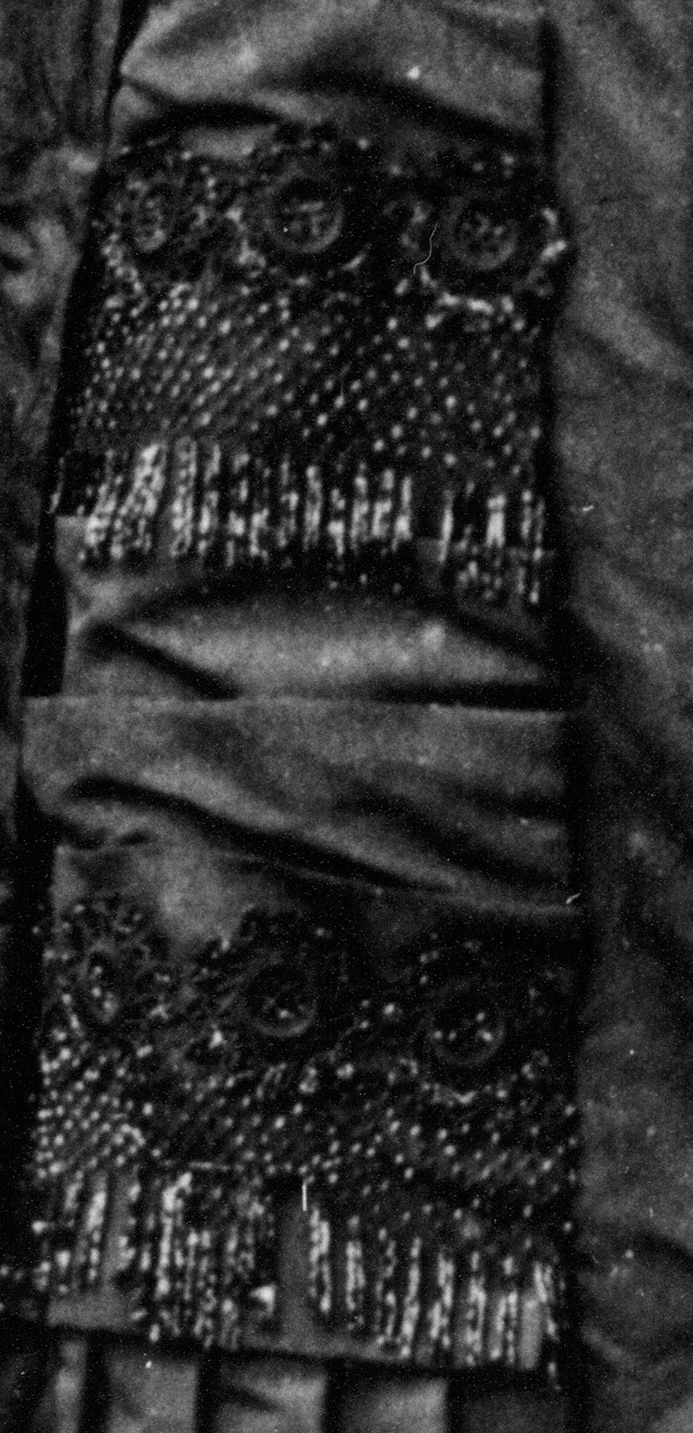
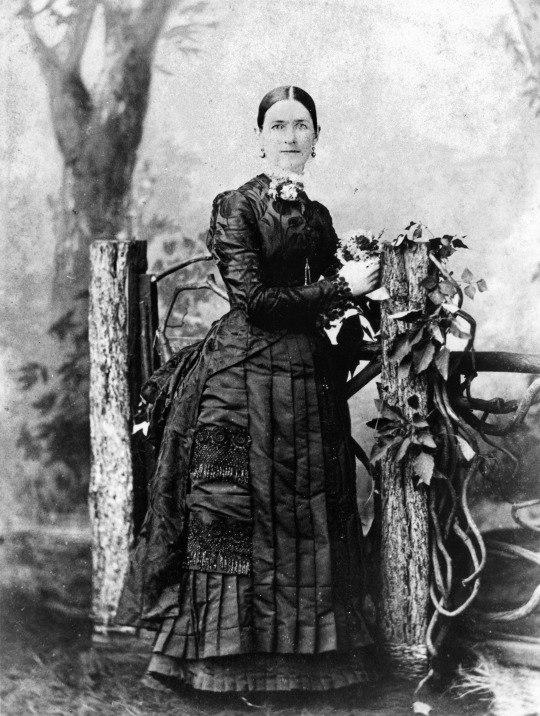
Fashion details of Georgina McLennan, ca. 1895.
Note the heavily beaded fringe trim on the side of the bustle, the abundance of pleating, the flocked velvet-look bodice with a tulip pattern, and even what appears to be a hint of a Victorian Chatalaine chain along the front of the bodice’s buttonhole line.
High res original can be found here: LINK
#chatalaine#fashion history#historical fashion#victorian era#victorian dress#victorian bustle dress#victorian bustle skirt#Victorian fashion#day dress#love the almost pom-pom lace trim effect on the sleeves#there is so much to love about this photo#fashion reference#historical reference#historical costume#victorian dressmaker#victorian dressmaking#queensland#queenslander#queensland history
33 notes
·
View notes
Video
youtube
TITANIC HONOR AND GLORY New Gameplay Demo 28 Minutes 4K
Titanic: Honor and Glory New 2023 Update Gameplay Demo in 4K ULTRA HD on PC and in smooth 60 FPS recorded on RTX 3090 Ti.
Titanic: Honor and Glory is a recreation of Titanic with more visual detail, historical accuracy and gameplay capabilities than ever before. It is this unique pursuit of history above all else that will one day yield the most comprehensive virtual Titanic model and sinking simulation ever constructed. The game is being developed by Vintage Digital Revival.
Official game website: http://www.titanichg.com
12 notes
·
View notes
Text
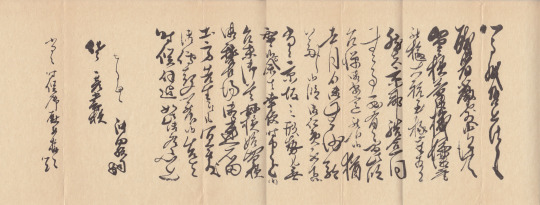


I finally had a chance to scan this set of letters written by Okita Soji. These are reprints published alongside a small booklet with transcripts and information, not originals, but they are absolutely enormous and needed to be scanned in sections, which is why I've been putting it off.
The bottom image is Soji's New Year's card to Kojima Shikanosuke, using his absolutely neatest possible handwriting. That's quite a contrast to Soji's normal handwriting seen in the two letters above it, both of which were written to Sato Hikogoro. The long letter in the center is the one where he talks about Sannan's death.
If you want larger versions of the letters, or scans of the booklet, they're in my Dropbox.
#history research#history reference#historical research#historical reference#okita soji#letters#edo period letters#okita soji's letters#kojima shikanosuke#sato hikogoro
94 notes
·
View notes
Text
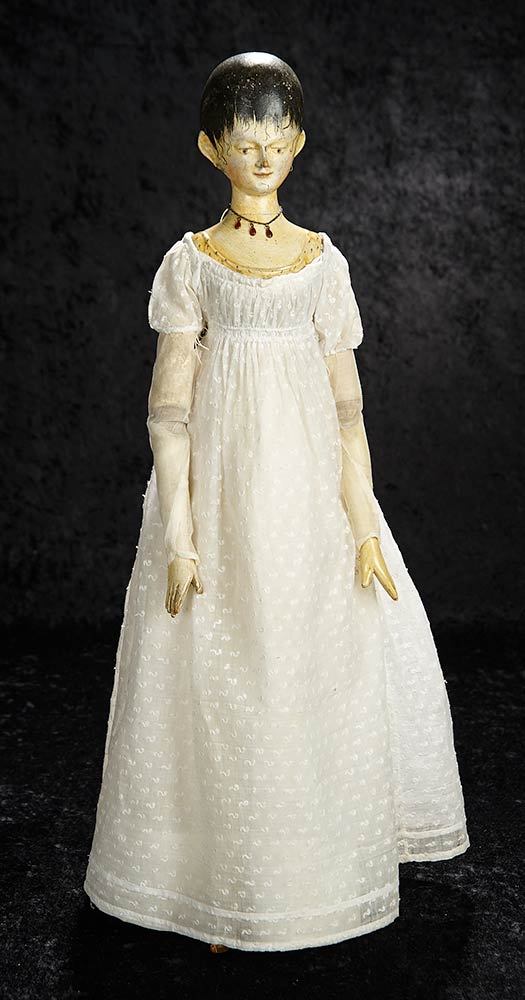
28" (71 cm.) All-carved wood doll with dramatically-shaped head which features a heart-shaped face and very full rounded back of head, elongated throat, distinctive nose, fully-carved pixie-like ears, heavy modeled eyelids, blue downcast eyes, red eyeliner with delicately painted upper lashes, tinted brows, closed mouth, painted hair with exuberant tendrils of curls around the forehead, sculpted collar with painted ruffled details, slender torso with defined waist, dowel-jointing at shoulders, elbows, hips and knees, flat feet with painted brown slippers, original kid-over-wooden upper arms, hips and upper legs.
Condition: generally excellent, original finish throughout, some minor typical rubs on face.
Comments: Grodnertal, circa 1820, the doll is shown in Doll Collectors Manual, 1964, in an article by Ruth and E.C. Mathes, indicating that at the time the doll was in the collection of Lucille Grimes of Encinitas, California.
Value Points: outstanding example of luxury quality wooden doll from the Grodnertal, its rarity features include grand size, unusual kid-over-wood body parts, exuberant painting of hair, unusual shape of face, sculpted collar, and wearing early fine early costume.
Via Therialt's
Here is an example of one of the types of dolls from the 1820's: the Grodnertal doll, AKA peg wooden doll, Dutch doll, or (especially if made in the United States) pennywood doll. "Grodnertal" comes from the German "Grödner Gliederpuppen".
These kinds of dolls were usually sold undressed, and the children or families would make the clothes themselves.
I suspect this doll probably had some original accessories like a matching bonnet and maybe a shawl that got lost or destroyed over the years.
Catherine was not quite the same kind of doll because she was a bit more ornate and would have had fancy clothes and actual hair, whether it was from a horse or a human.
6 notes
·
View notes
Text
shifting from "blorbo from my show" to "blorbo from the 20th century" 😅😅😅
#blorbos#harold lowe#charles lightoller#also lets be honest james moody too#history#historical reference#historical figures#history fandom
7 notes
·
View notes
Text
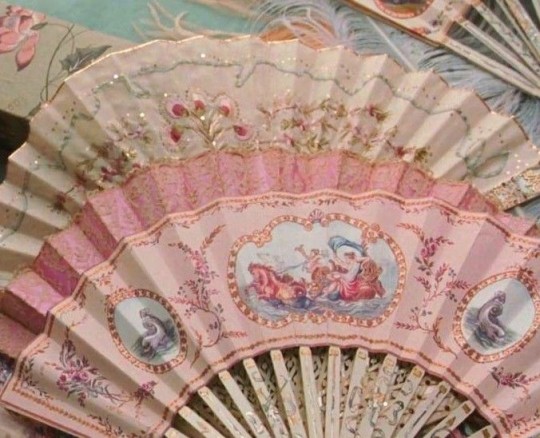
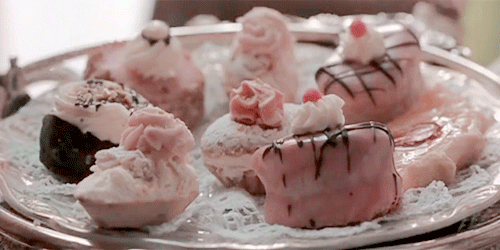
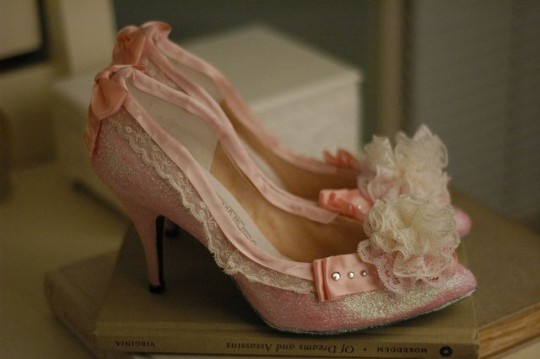

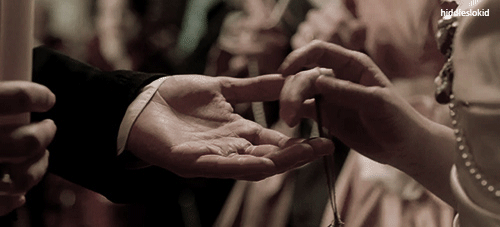


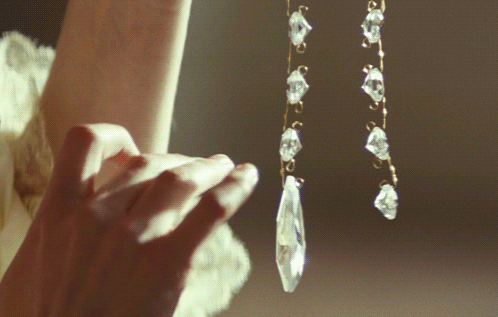

"Hold on, is that... Archon Pavus's husband? The rebel mage from Ostwick? The inquisitor?"
"Yes, look at his outrageous jewelry and outfit, probably costed thousands of sovereigns."
"I heard Lord Trevelyan bought the late Empress Celene's Petit Trianon château for College of Enchanters mages, scandalous!"
"He told magisters who complained about their bonuses cut to 'tighten their belt' and 'just eat some cake!' I mean, the nerve! Trevelyan wanted Archon Pavus to use the extra fund for qunari and elven orphanages... What a waste!"
"Some Orlesian called him Monsieur Dèficit."
"Clearly, Lord Trevelyan has artistic temper."

Gossips about Lord Francois Trevelyan at The Archon Palace in Minrathous. Although he was a hero who hailed by many as a harbinger of equality and freedom; Lord Trevelyan's 'radical' progressive politics, influence, and expensive spending habits were not popular amongst conservative nobility in Thedas. 9:50 Dragon.
#dragon age#mage rights#elven rights#dorian pavus#francois trevelyan#mage trevelyan#lord inquisitor francois trevelyan#lord francois trevelyan#archon dorian pavus#pavelyan#dorian x inquisitor#aesthetic#historical reference#marie antoinette#but Francois hates Orlais tho#gay#progressive
52 notes
·
View notes
